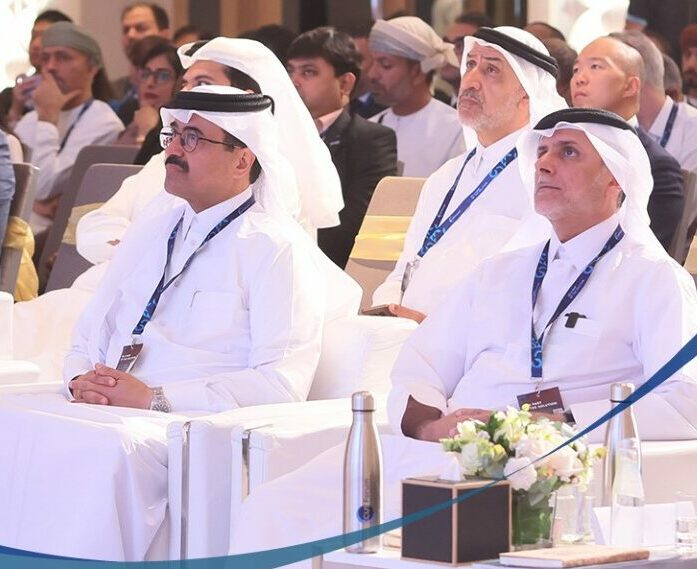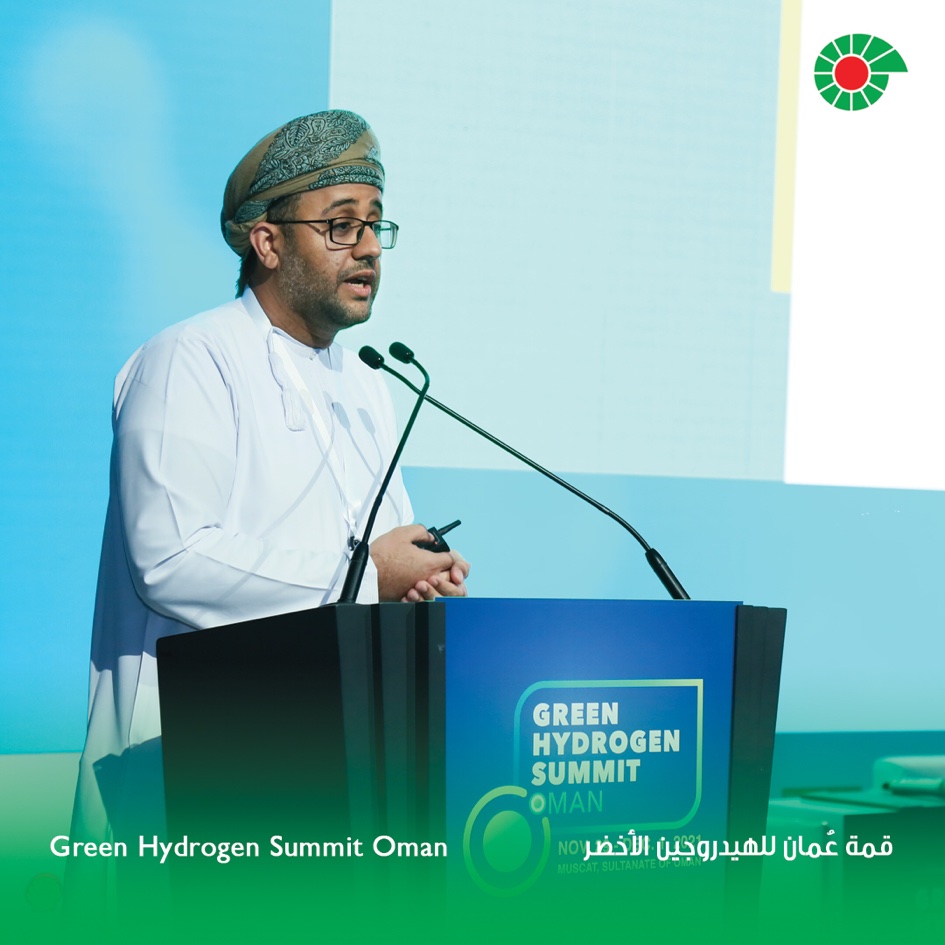



Technologies that capture and store carbon dioxide, or reuse it in a circular economy that recycles CO2, are touted as a viable option in the toolbox to tackle climate change. But not everyone buys the industry’s claims; skeptics call it a distraction.
Sebastian Castelier

The atmospheric carbon dioxide (CO2) concentrations are higher than at any time in at least two million years. Since the mid-18th century, humanity has put more than 1.5 trillion tons of CO2 in the atmosphere, a greenhouse gas that warms the planet and causes climate change.
Besides reducing CO2 emissions, described by scientists as the starting point to limit the warming of earth’s atmosphere to 1.5 degrees Celsius above pre-industrial levels, capturing CO2 emissions at source or directly from the air is one of the solutions being explored.
Technologies sucking, storing or reusing CO2 are often mixed under the acronym CCUS. Still, they have “very different climate outcomes”, said Wijnand Stoefs, carbon removals lead at Carbon Market Watch, a Belgian think tank. “Fossil fuel producers blur the lines on purpose to create confusion, so we ignore where the carbon comes from and where it ends up. They see it as a license to keep consuming their products,” he told Energy Oman magazine.
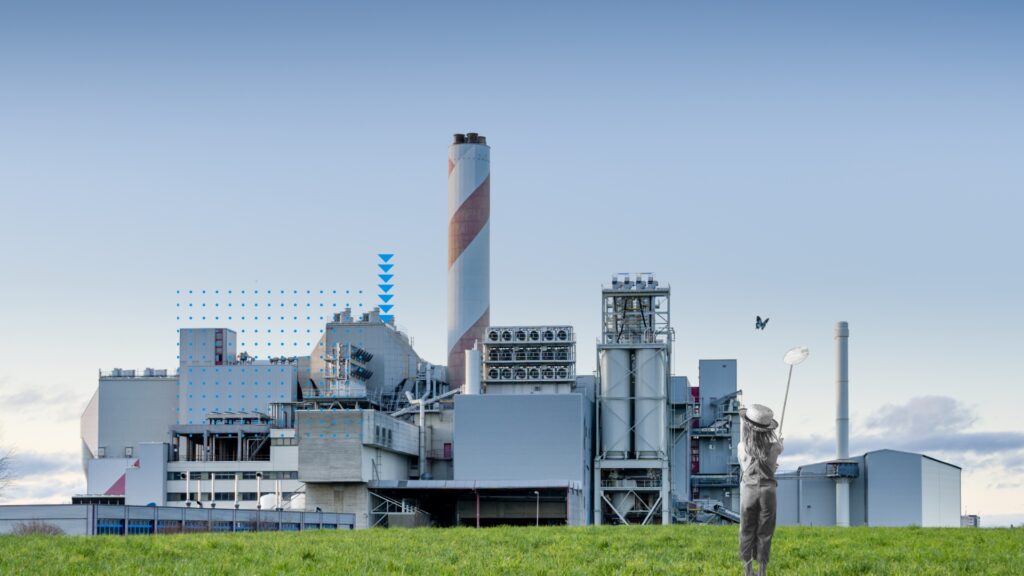
Carbon capture and storage (CCS) works as trees – the “original CO2 removal machines” – capturing CO2 before industrial facilities or power generation release it into the atmosphere and store it underground. Earth cannot keep all humanity’s CO2 rubbish forever, but it could do so temporarily. The sixth assessment cycle from the United Nations body for assessing the science of climate change estimates the world’s geological CO2 storage capacity at about 1000 gigatonnes of CO2. That is 10 million fully-loaded U.S. aircraft carriers storing CO2 for 10,000 years or more and more than CO2 storage needed by 2100 to limit global warming.
A study on geological storage of CO2 found that 99.9% of the CO2 will be retained within the storage for at least 100 years following the injection. Depleted oil and gas fields are suitable spaces to trap CO2, and the oil and gas expertise could come in handy to make sure it does not “leak” back into the atmosphere. Norwegian oil and gas company Equinor has operated the world’s first industrial-scale CCS project in the North Sea since 1996, storing up to one million tons of CO2 per year, the equivalent of two million barrels of oil consumed.
“Oil and gas companies have a lot of skills in terms of geology. Their know-how makes them best positioned to inject CO2 underground,” Ludovic Leroy, a French engineer in the energy industry, told Energy Oman magazine. But the industry has a credibility issue. For decades, it misled the public about climate change while its own scientists knew global warming risks.
For its part, Carbon capture and utilization (CCU) gives a second life to captured CO2 by turning it into products like plastics, synthetic fuels, animal feed, carbonated drinks, building material, etc. or by injecting it into oil fields, a process called enhanced oil recovery (EOR).
Yet, the future market potential for CO2-derived products is reportedly “difficult to assess”. The CCU proposition is attractive for businesses as it turns CO2 emissions from liability to marketable products. “Instead of having to pay for your pollution, you get paid for your pollution”, Stoefs said. Yet, he added that recycling CO2 is “overhyped” as the molecule will eventually be released into the atmosphere when synthetic fuels and plastics are burnt.
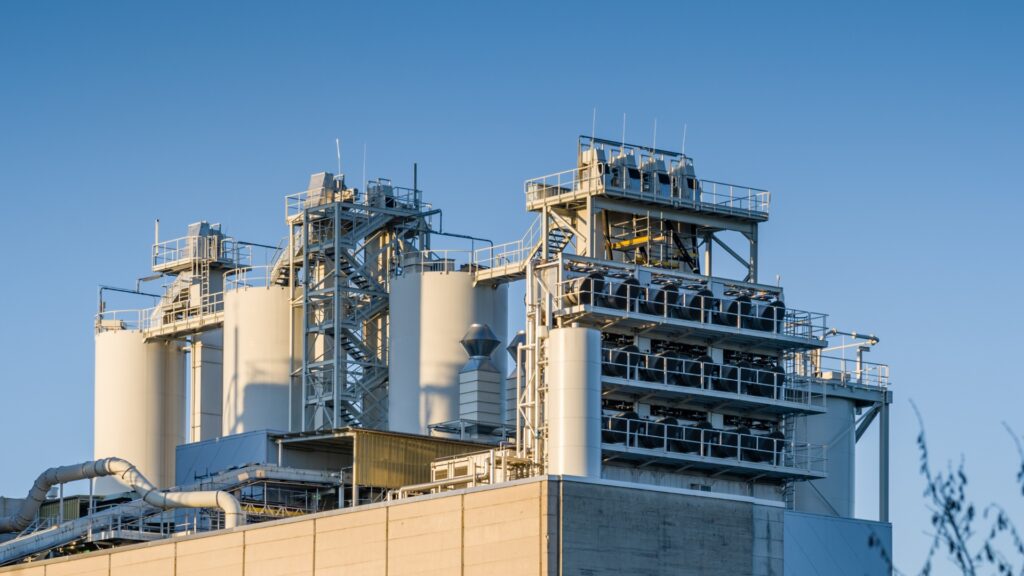
Oil industry’s dirty play
The first carbon capture plant was proposed in 1938, but the technology was tried for the first time in 1972 to extract more oil from an oil field in Texas. According to the United States’ Department of Energy, it offers “considerable potential benefits” to extract more oil. Indeed, only 10% of an oil field can be pumped out during primary extraction when natural pressure pushes oil out. During the second phase, water or gas is injected to recover another 20 to 40% of the reservoir’s oil. CO2-enhanced oil recovery takes the stage when easy-to-produce oil has been depleted and offers the prospect to extract an additional 30 to 60% of the field’s oil.
That’s music to oil producers’ ears. Saudi Arabia’s state oil company, Saudi Aramco, said it can capture about 45 million cubic feet of CO2 daily at one of the Middle East’s largest CO2-EOR plants. The CO2 captured helped the company double oil production from four wells at the Uthmaniyah oil reservoir since 2015. The world’s largest corporate greenhouse gas emitter is identifying other oil fields where enhanced oil recovery can boost production.
In Oman, the leading oil company is working on a CCUS trial and anticipates that oil output based on enhanced oil recovery would account for around 36% of its production by 2030.
Low emissions industrial clusters
Carbon capture technologies “should not be a tool for propping up the weak business case for continued fossil fuel use, but they do have a role in addressing aspects of emissions reduction that other technologies cannot”, a 2021 study by the International Renewable Energy Agency (IRENA) wrote. The sixth assessment cycle from the United Nations body for assessing the science of climate change agrees, recommending “CCS in the remaining fossil fuel system”.
The deployment of carbon capture is an opportunity to stay environmentally competitive for Gulf’s existing industrial clusters that produce steel, aluminum, cement, ammonia, methanol, petrochemicals, etc. Carbon capture, in addition to a shift to green hydrogen produced locally using solar and wind energy, would position the Gulf as “first mover” in low emissions industrial clusters , said Abdullah Al-Abri, an Omani consultant at the International Energy Agency (IEA). “If we move fast, there is a big opportunity”, he told Energy Oman magazine.
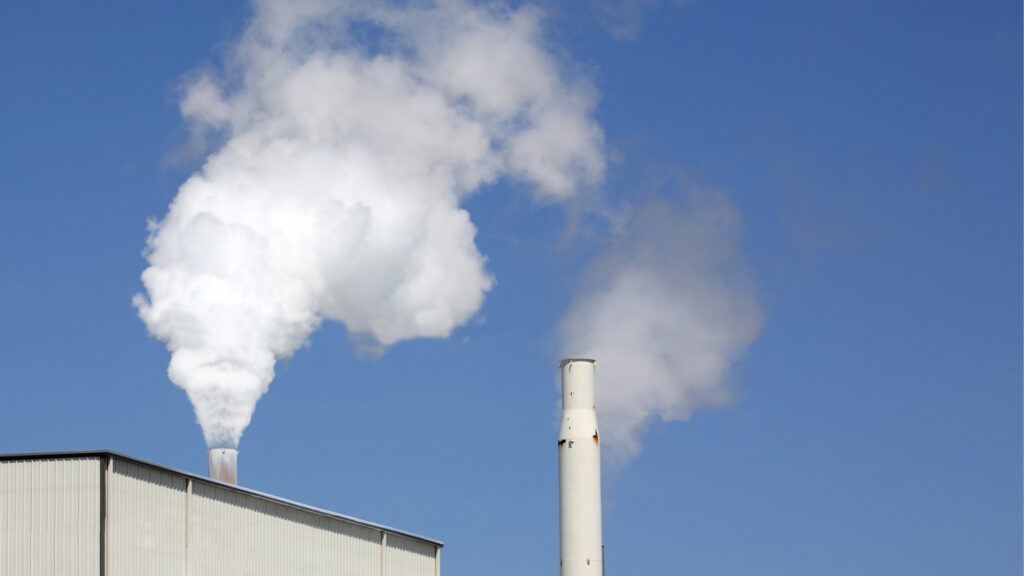
In fact, that is no longer a matter of choice. The European Union will start imposing a carbon tariff in 2027 on imported carbon-intensive products – for now: iron, steel, cement, fertilizers, aluminum, electricity and hydrogen – under the Carbon Border Adjustment Mechanism (CBAM). Al-Abri acknowledged that the GCC region could be “losing some of its industries” to other regions if it does not reduce emissions and capture the remaining ones.
All Gulf states, except Qatar, pledged to achieve net zero to stand as good global citizens.
The United Nations nuanced technological readiness though: CCS is “a mature technology” for gas processing and enhanced oil recovery but “less mature” in the power sector, cement and chemicals production. CCS is energy and water intensive, eating into plants’ efficiency.
The widespread deployment of CCS to meet the 1.5◦C climate target would “almost double” humanity’s water footprint, a 2021 study by the University of California, Berkeley found.
“It is a solution, but not the solution, the magic game changer,” Leroy said.
Moreover, neither CCU nor CCS is meant to be a permanent set-up but rather a bridge solution towards hard-to-decarbonise sectors powered by fuels produced using renewable electricity, like green hydrogen. That raises the risk of investing in stranded assets. CCS/CCU built on oil refineries is “probably a very bad idea, because they we will eventually have to close. In 15-20 years’ time, CCS might no longer be necessary in cement”, Stoefs warned.
The International Energy Agency counted only about 35 commercial facilities worldwide that apply CCUS to industrial processes with an annual capture capacity of 45 million tons of CO2. That is the equivalent of 0.12% of global energy-related CO2 emissions. CCUS deployment has been “behind expectations”, IEA noted, but 300 projects are in the pipeline.
According to the Paris-based agency, four CCUS projects are in development across the Middle East region, including deployment of CCUS at an aluminum plant in Bahrain and increasing CO2 annual capture at Qatar’s gas fields from two to five million tons by 2050. “I do not see a big push to capture carbon in the Gulf. It is mentioned in presentations, but that is not their priority”, said Leroy, who led workshops at Aramco and other Gulf oil companies.
Capturing historical emissions
The annual rate of increase in CO2 in the atmosphere since the 1960s is about “100 times faster than previous natural increases”, including when it occurred at the end of the last ice age. Simply put, vast amounts of historical emissions are already warming up the atmosphere. This is where carbon dioxide removal (CDR) comes into play to suck CO2 out of the air via natural removal solutions like planting trees or technological tools like direct air capture (DAC). In 2021, Swiss company Climeworks launched the world’s largest DAC plant in Iceland to capture 4000 tons of CO₂ per year, equivalent to 8,400 barrels of oil consumed.
“We have to pull CO2 out of the air,” said Talal Hasan, CEO at 44.01, an Omani carbon removal startup that mineralised CO2 into rocks. 44.01 runs a solar energy-powered pilot that captures CO2 emissions from an ammonia plant and will soon announce a “multiple-fold bigger” joint project in Oman with Climeworks, Hasan told Energy Oman magazine. The durability of mineralisation removal is a game changer, the entrepreneur claims, adding that mineralization basically “removes it for millennia” as getting it out of the rock is “very difficult”, unlike geological storage that only buries CO2 underground in its gaseous form.
The entrepreneur said he is excited about another value proposition of direct air capture: it is decentralized. That would solve the need for CCS to build a network of infrastructures to transport CO2 from collection points to storage locations, which could be “equivalent to the existing worldwide infrastructure associated with current oil and gas production”, as put in a 2007 study on EOR by the trade association that represents the US oil and gas industry.
But direct air capture energy needs are voracious to extract only a tiny amount of CO2 from the air, which makes up just 0.04% of the atmosphere. Critics argue energy and capital investing in direct air capture would be better allocated to building sustainable solutions.
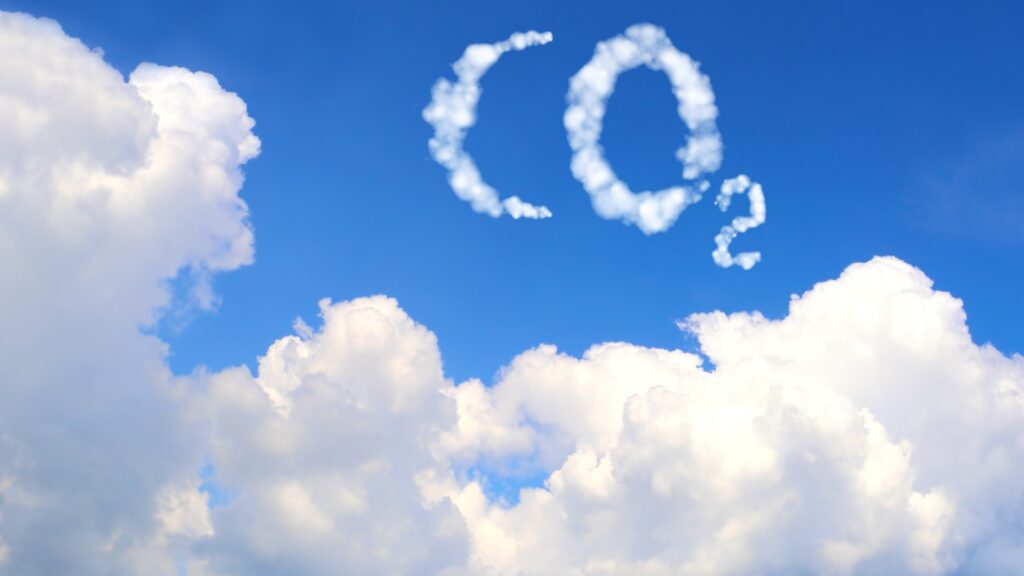
Not cheap to solve
The lack of value proposition is the missing piece to the deployment of carbon capture technologies in Gulf economies. Currently, paying for CO2 emissions is not seen as “a cost of doing business” since the region’s governments do not say “if you emit CO2, you should pay a penalty per ton”, said Al-Abri, the consultant at the International Energy Agency.
That is where carbon markets could play a critical role in streamlining the taxation of polluters and put a $-figure on the benefits of capturing carbon emissions. “CCS proponents are always asking for subsidies. My response is, “support high carbon prices, and your CC project will be viable”. The starting point is to put pressure on polluters, make them pay […] Carbon pricing and CCS are both tools; what we need is to price our pollution,” Stoefs said.
“It is not only decarbonizing, but also creating a market for it, and a value proposition for it down the line,” the UAE Minister of State for Advanced Technology told CNBC. Saudi Arabia’s sovereign wealth fund announced a voluntary carbon market firm in October 2022.
Direct air capture is still prohibitively expensive, though, at $134 to 344 per ton. “Climate change was never going to be cheap to solve, but the policy and economic cost of tackling the crisis is far lower than having to deal with its consequences,” Stoefs said. Hasan said blue chip companies are “willing to pay the extra premium” to mineralize their CO2 emissions.
The capture and storage of CO2 have a “moderate but indispensable role to play” in global decarbonisation, the IRENA study said. But before going into the mainstream, the technology still needs to dissociate from its image as a distraction that locks in Industrial Revolution-era tools. As put by IEA: “The average age of coal-fired power plants in Asia is only 14 years, while the average technical lifetime of a power plant is 40-50 years. Retrofitting these plants with
CCUS could address both economic and emissions challenges, allowing them to continue operating while recovering investment and reducing their carbon footprint.”






